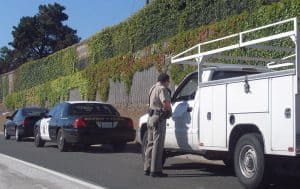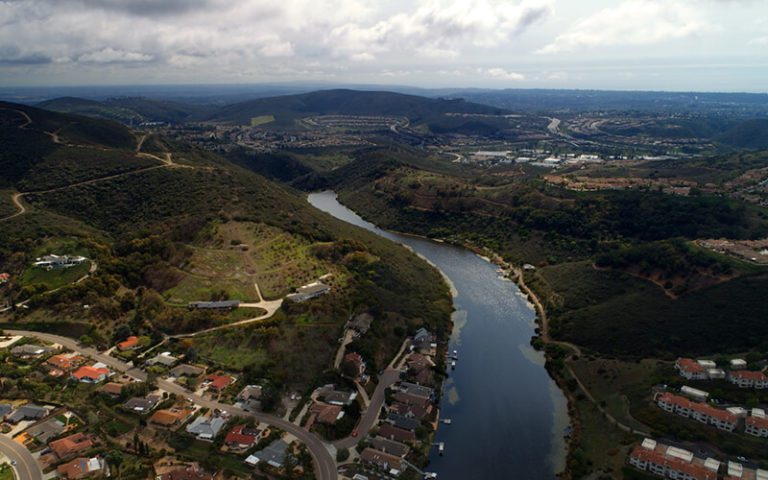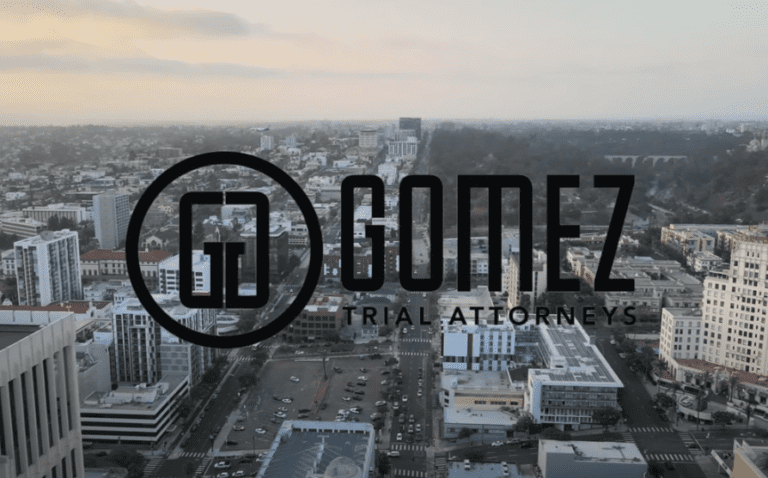[profileleft] [/profileleft]Hundreds of new laws go into effect in California every time the calendar hits January 1. 2017 is no different, as nearly 900 different laws are now set for enforcement. Several of them are new California driving laws, and people who violate them can face penalties. The San Diego car accident lawyers at Gomez Trial Attorneys want to make sure that as many people as possible are aware of these new laws so that they can avoid these potential problems. In addition, following these new standards will likely create a safer environment for everyone who drives, walks or rides bicycles across the state. Below you’ll find a few examples of what you’ll need to pay attention to as you get behind the wheel beginning in January of 2017.
[/profileleft]Hundreds of new laws go into effect in California every time the calendar hits January 1. 2017 is no different, as nearly 900 different laws are now set for enforcement. Several of them are new California driving laws, and people who violate them can face penalties. The San Diego car accident lawyers at Gomez Trial Attorneys want to make sure that as many people as possible are aware of these new laws so that they can avoid these potential problems. In addition, following these new standards will likely create a safer environment for everyone who drives, walks or rides bicycles across the state. Below you’ll find a few examples of what you’ll need to pay attention to as you get behind the wheel beginning in January of 2017.
The Hands-Free Ban Loophole
California was one of the first states in the country to pass legislation that outlawed talking on a cell phone or reading and/or sending text messages while driving without the use of hands-free technology. However, the law specifically only banned those practices. As such, drivers were able to do other things such as scan apps, use a GPS device on their phone and other things that remained technically legal. This was a problem because many drivers simply told police officers on traffic stops that this was what they were doing. The legislature has closed that loophole.
As of January 1, 2017, the use of any hand-held device is strictly prohibited for any reason without the use of hands-free technology. Any device that drivers use must be mounted on the dashboard, console or the lower corner of the windshield, and any use of these devices must be completed with one swipe or tap of the finger. In essence, drivers can no longer hold their smartphone or any other handheld device and use it for any reason. These devices must also be mounted in such a way that they do not impede the vision of motorists. Drivers will face a fine of $20 for the first violation and $50 for any subsequent violation.
Motorcycle Lane-Splitting
One of the more confusing traffic norms in California in recent years has been lane-splitting by motorcycles. The practice is something that every motorist in the state has experienced. From time to time, particularly in heavy traffic, drivers of larger vehicles would see motorcycles move between them at close range. To date, lane-splitting has not been defined as legal or illegal per se. Starting in 2017, a law goes into effect that will authorize the California Highway Patrol to develop specific guidelines that pertain to this maneuver. The CHP will work with motorcycle organizations in order to identify the specifics of what will and will not be allowed. This is one of the more controversial new California driving laws and has already prompted heated debate among activists.
Child Safety Seats
A new child safety law also goes into effect in 2017. Children under the age of 2 must be secured in a child safety seat that faces the rear of the vehicle. Until now, children could begin facing forward as soon as they surpassed one year of age. Children who are at least 40 inches tall or who weigh at least 40 pounds are exempt and can continue to ride in forward-facing child seats. One aspect of the child safety seat law that has not changed is that all children under the age of 8 must be properly restrained in an appropriate child safety seat in the backseat of a vehicle.
Accident Reporting Requirement
As of 2017, a driver who is involved in a California car accident where property damage is $1,000 or more is required to report that crash to the Department of Motor Vehicles. To date, that threshold has been $750. The driver must make the report to the DMV within 10 days of the crash whether that driver was at fault for the accident or not and whether or not the accident occurred on private property. One aspect of the law that has not changed is that motorists involved in any accident where someone is injured or killed must report it to the DMV regardless of property damage amount. Those who may need the appropriate DMV form can find it here.
School Bus Safety
Too many children around the country have suffered tragic fates because they have been accidentally left on school buses. As of 2017, California will require all of the following:
- School buses
- Youth buses
- School pupil activity buses
- Childcare motor vehicles
That are used to transport school-aged children to be equipped with a child alert safety system. Basically, this law requires anyone involved in this form of transportation to have a safety plan in place that ensures that children are not left on these vehicles by mistake.
Tour Bus Safety
Most of us remember the tragic tour bus accident that occurred last year near Palm Springs. The state has responded to that incident and to others by enacting a law that requires the California Highway Patrol to work with local governments in order to increase the number of tour bus inspections that are conducted within these jurisdictions. These inspections will need to have uniform standards in place in order for proper enforcement to be possible.
Charter Bus Safety
Charter bus accidents are also an enormous problem across the United States. A new law states that all charter buses manufactured after July 1, 2020 will be required to be equipped with emergency lighting fixtures that illuminate after any type of impact or collision. The law also requires charter bus drivers to administer either oral and written or video instructions to all passengers relating to the safety equipment onboard and the location of emergency exits prior to any trip. This requirement is much like what we currently see on commercial airplanes.
California Driving Laws and Legal Liability
These new California driving laws will be enforced like any others such as speeding, reckless driving or driving under the influence. Those looking for a full breakdown of these laws can find them here. The violation of these laws could also be relevant in a situation where someone is injured because of the negligent or reckless actions of other motorists. If you or someone you love has been harmed by a negligent driver, contact a San Diego car accident lawyer at Gomez Trial Attorneys as soon as possible to schedule a free initial consultation. Please keep these new California driving laws in mind and drive safely in 2017 and beyond.







